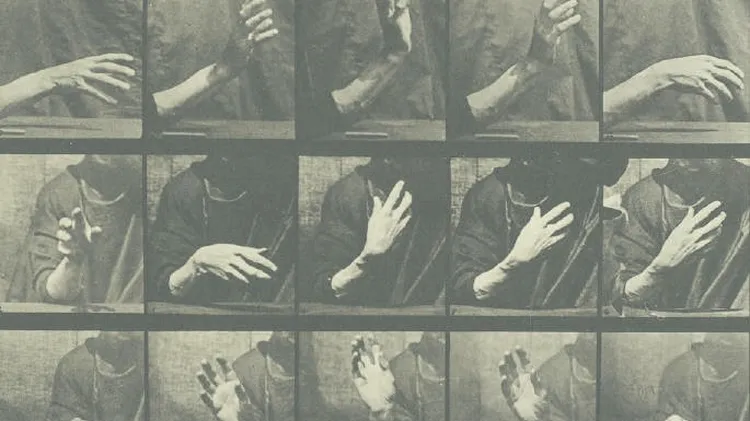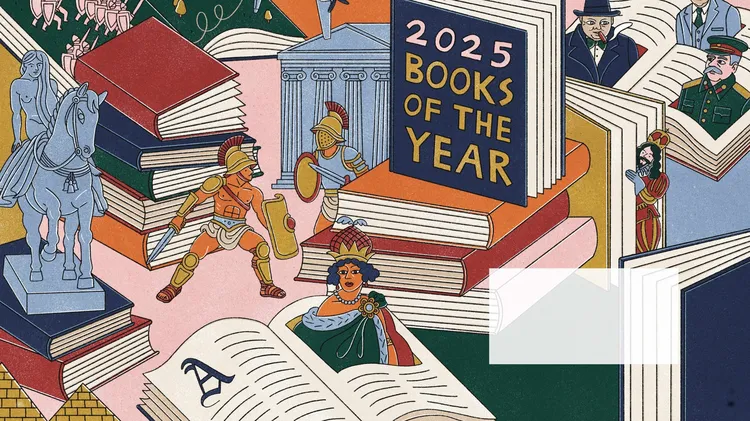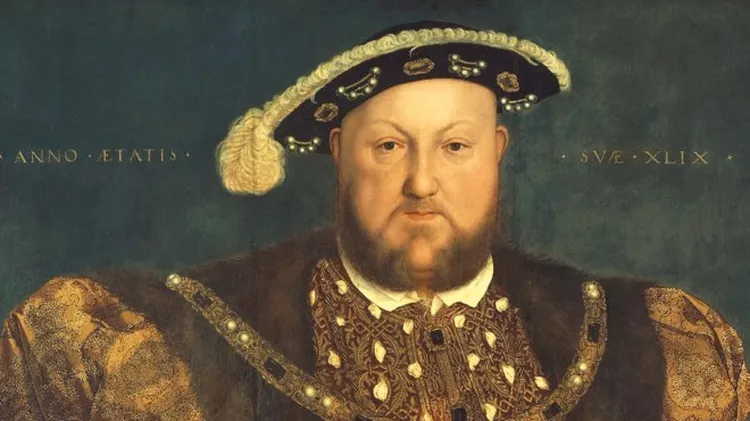Alan Crosby reveals how a thorny question of European politics and a glimp
From war to romance
2 min read
This article is from...
Read this article and 8000+ more magazines and newspapers on Readly






